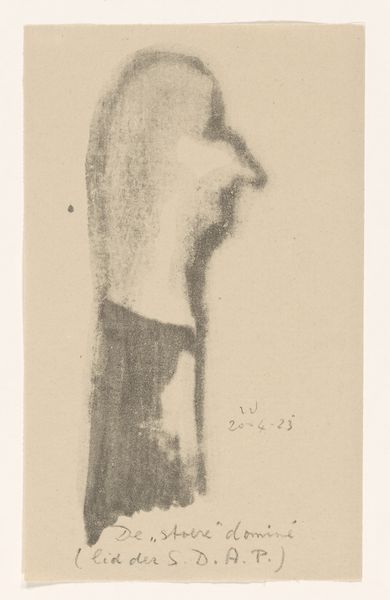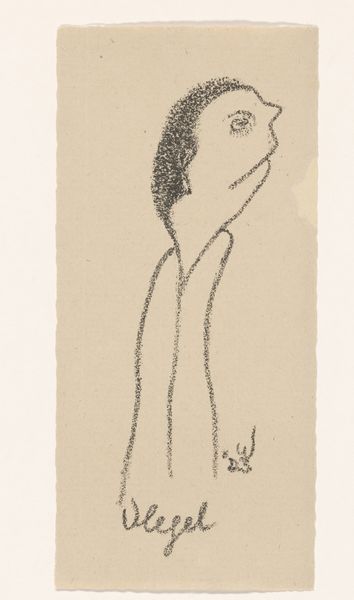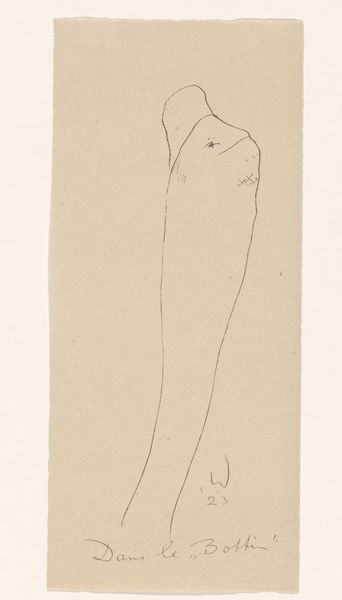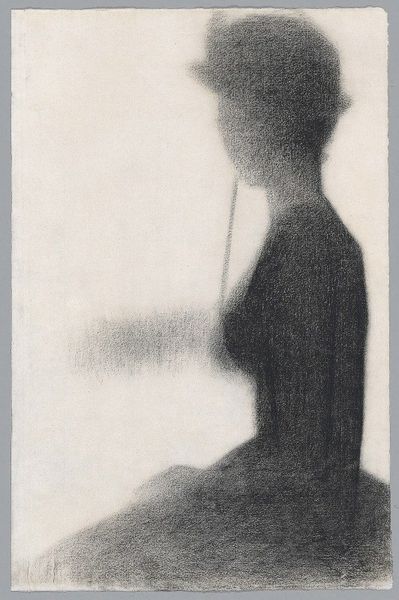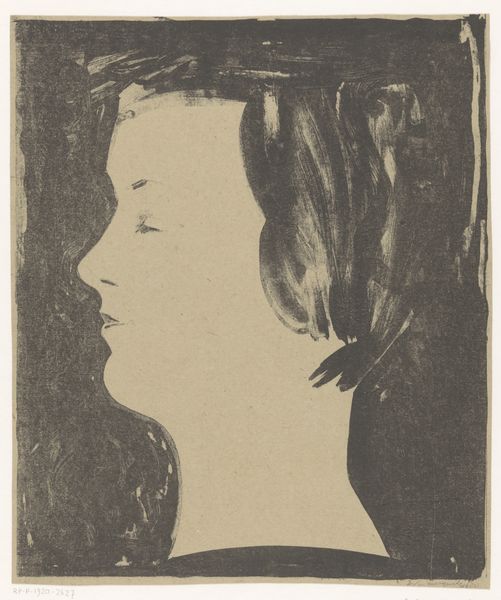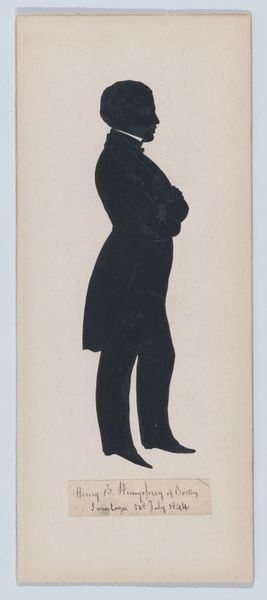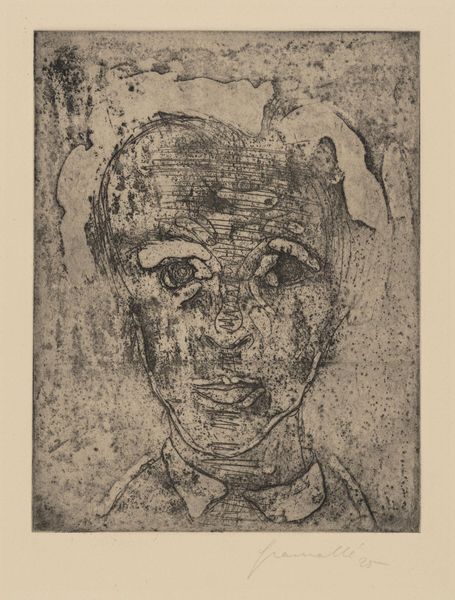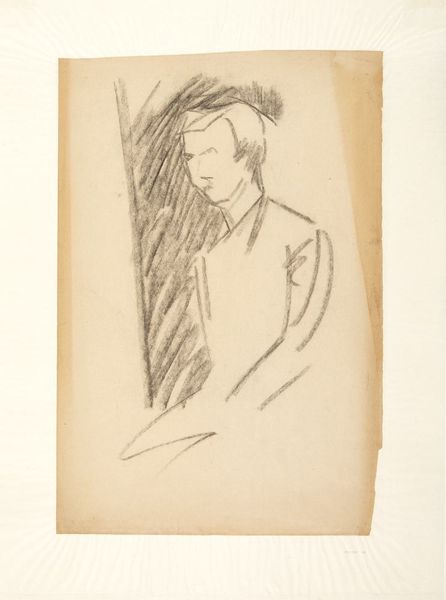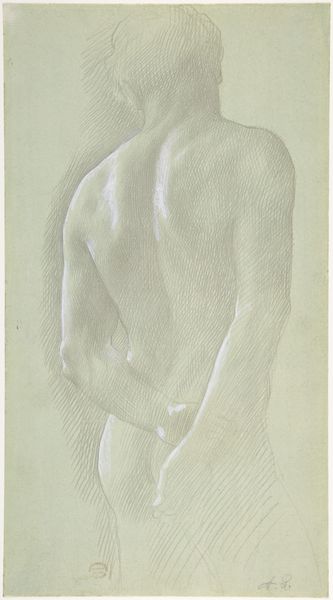
drawing, pencil
#
portrait
#
drawing
#
caricature
#
caricature
#
pencil drawing
#
pencil
#
expressionism
#
portrait drawing
Dimensions: height 220 mm, width 104 mm
Copyright: Rijks Museum: Open Domain
Editor: Here we have Erich Wichmann’s 1923 pencil drawing, titled "De miskende," which I believe translates to something like "The Unacknowledged" or "The Overlooked." There’s a quiet sadness about this portrait, amplified by the anonymity of the faceless figure. What can you tell me about its context? Curator: This piece sits squarely within the expressionist movement that followed the First World War, a period of profound social and political upheaval. Given its title, consider how Wichmann might be using this caricature to critique societal structures. What institutions do you think are being implicated in this "unacknowledged" status? Editor: It feels like he’s depicting a member of the bourgeoisie, perhaps someone who outwardly conforms but inwardly feels… invisible? Maybe lost in the machinery of post-war society? Curator: Exactly! Expressionism often explored the psychological impact of modernization, right? And caricature, particularly at this time, became a powerful tool for social commentary. The lack of a distinct face reduces the individual to a type, reflecting the dehumanizing potential of institutional power. Museums themselves, of course, were actively involved in constructing narratives about national identity. How might a piece like this challenge those narratives? Editor: It feels like it's questioning who gets remembered and celebrated, and who gets… glossed over, even within the art world itself. It almost feels… anti-monumental? Curator: Precisely. It refutes heroism. It is more concerned with common experience, a quiet protest through anonymity. Looking at it today, what purpose do you think showing something like this would serve? Editor: It highlights the enduring problem of representation – who is seen, who is heard, and who is deemed worthy of attention, issues that continue to shape the art world and its institutions. This work encourages the constant questioning of those very biases, and is perhaps a powerful reminder that the voices that aren’t normally amplified still matter. Curator: It is an excellent, nuanced interpretation; I now see this piece in a different light.
Comments
No comments
Be the first to comment and join the conversation on the ultimate creative platform.
